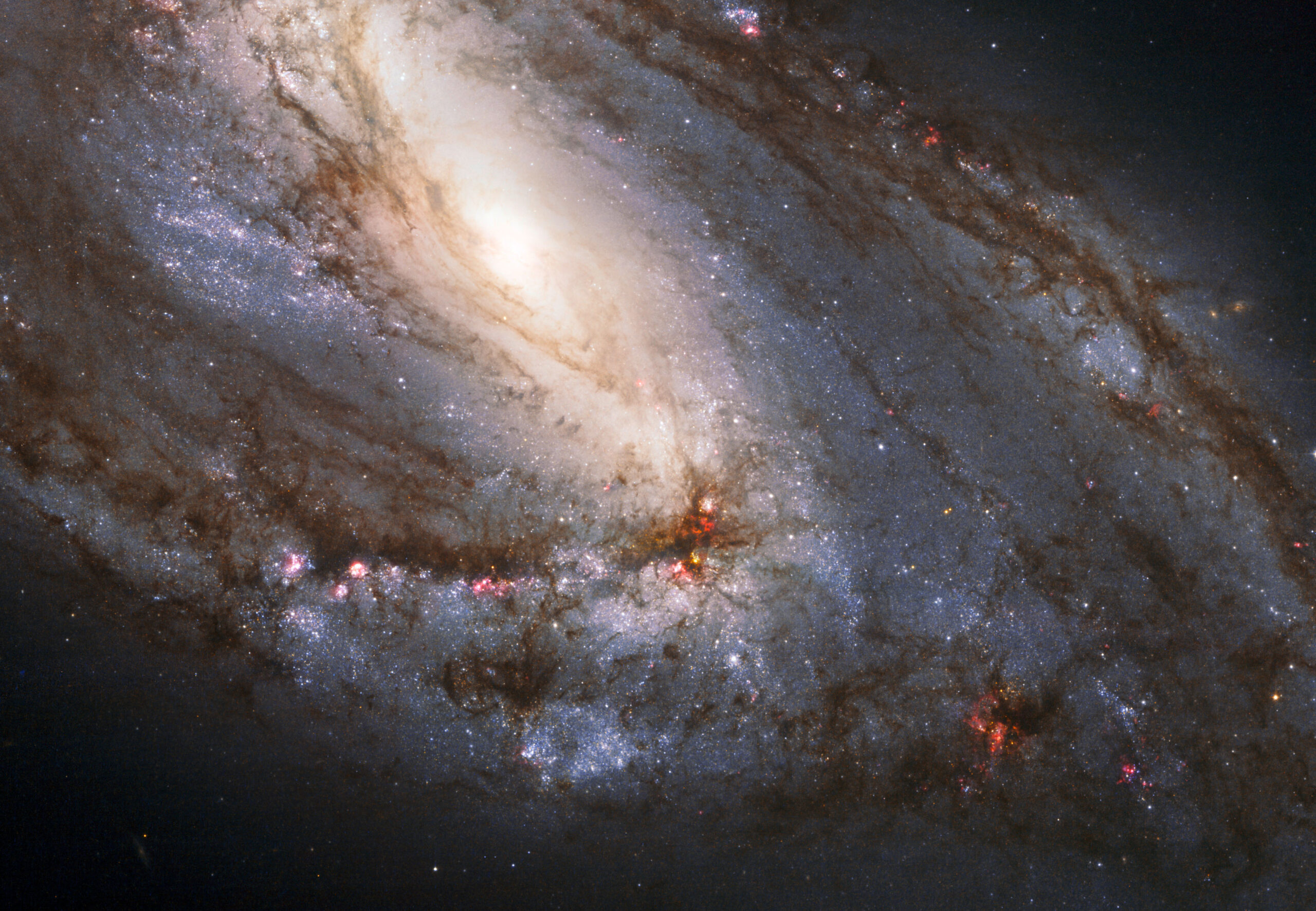For the first time ever, scientists have observed faint ripples caused by the motion of black holes. Though this seems to be a minuscule news story at first, one must understand that these ripples gently stretch and squeeze everything in our universe.
According to reports published by The Astrophysical Journal Letters, “multiple lines of evidence for a stochastic signal that is correlated among 67 pulsars from the 15 yr. pulsar timing data set collected by the North American Nanohertz Observatory for Gravitational Waves.”
In simpler terms, they reported being able to “hear” what is called low-frequency gravitational waves. Gravitational waves essentially change the fabric of the universe due to the objects moving around and colliding in space.
Learn the benefits of becoming a Valuetainment Member and subscribe today!
“It’s really the first time that we have evidence of just this large-scale motion of everything in the universe,” said Maura McLaughlin, co-director of NANOGrav, the research collaboration that published results in The Astrophysical Journal Letters.
As galaxies consistently collide and merge together, scientists believe that black holes at the center of these galaxies also come together, intertwining until they finally collapse into each other, as explained by Szabolcs Marka, an astrophysicist at Columbia University.
Based off of Einstein’s predictions, when heavy objects move through space and time, they create ripples that spread through the fabric. In 2015, scientists used an experiment called LIGO to detect gravitational waves.
In later research, scientists were searching for these waves at a much lower frequency. This can take years, sometimes decades to cycle up and down, usually coming from massive objects like black holes billions of times larger than our sun.
“We’re starting to open up this new window on the universe,” NANOGrav member and astrophysicist Sarah Vigeland said.


















Add comment